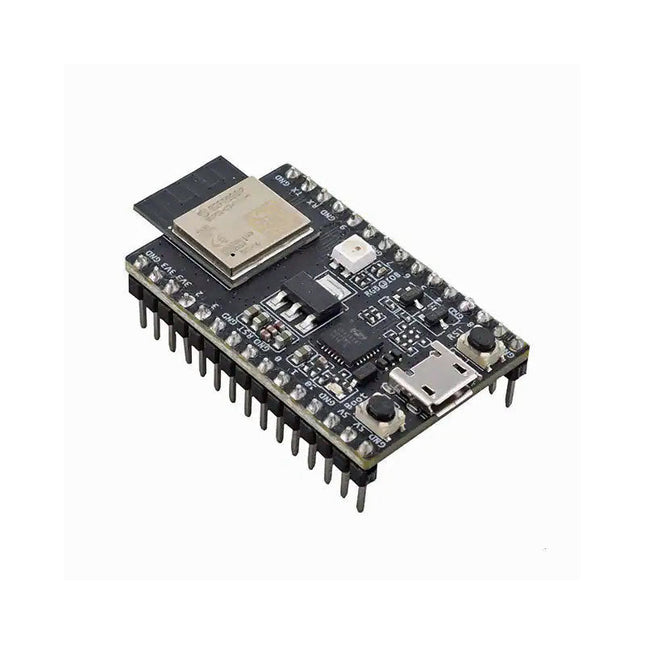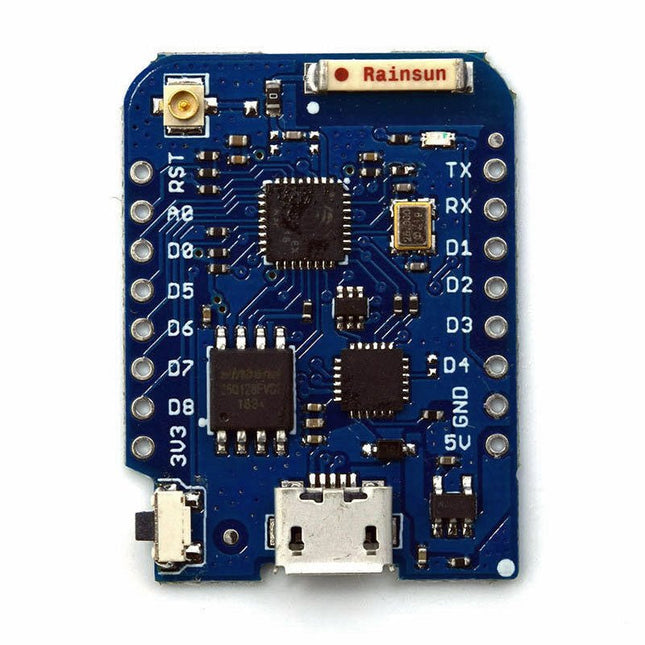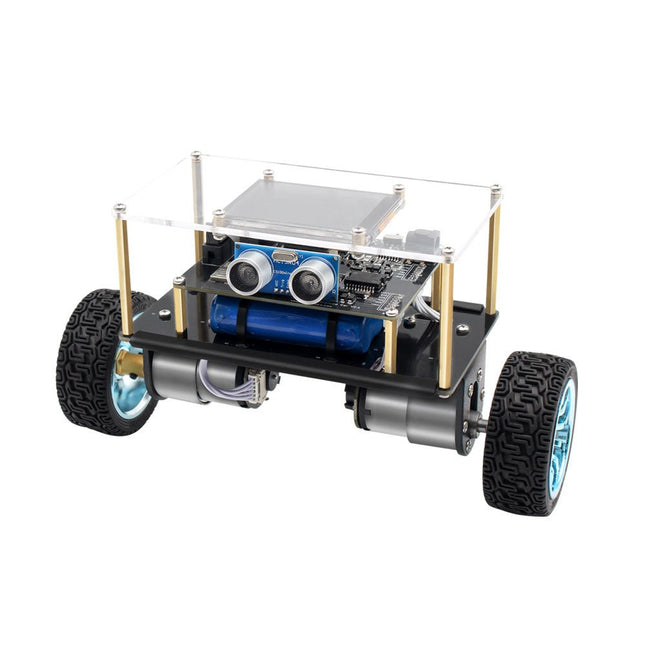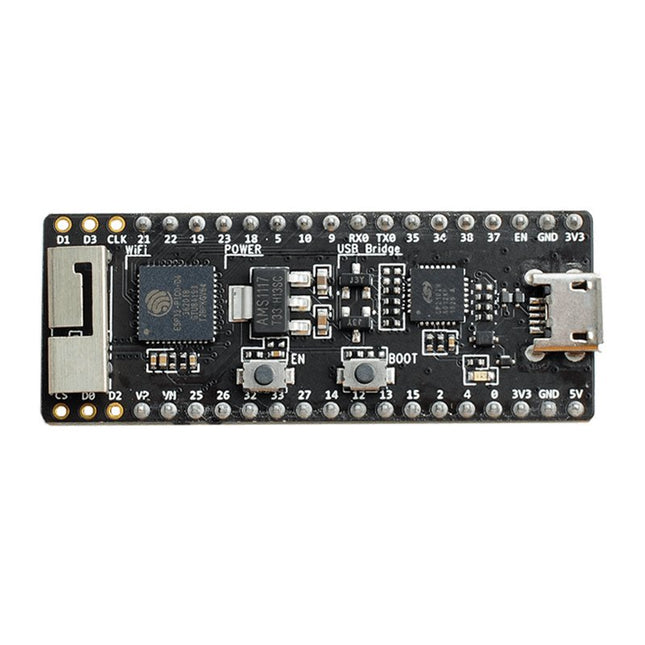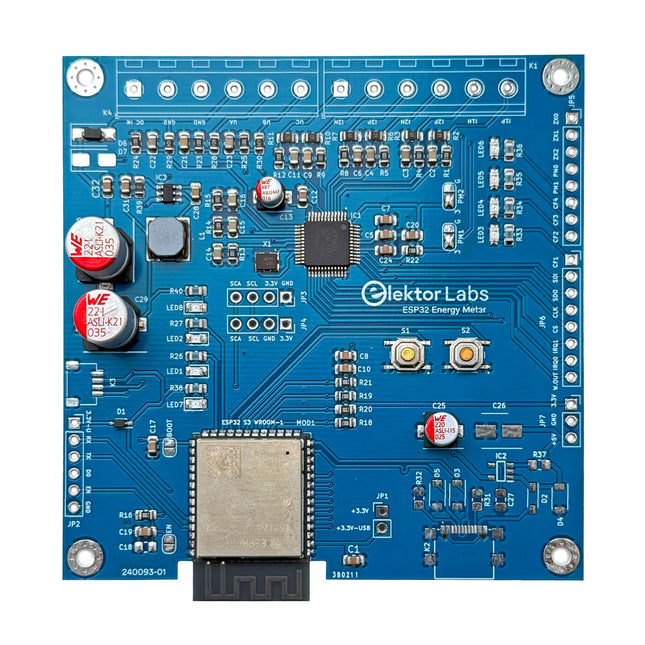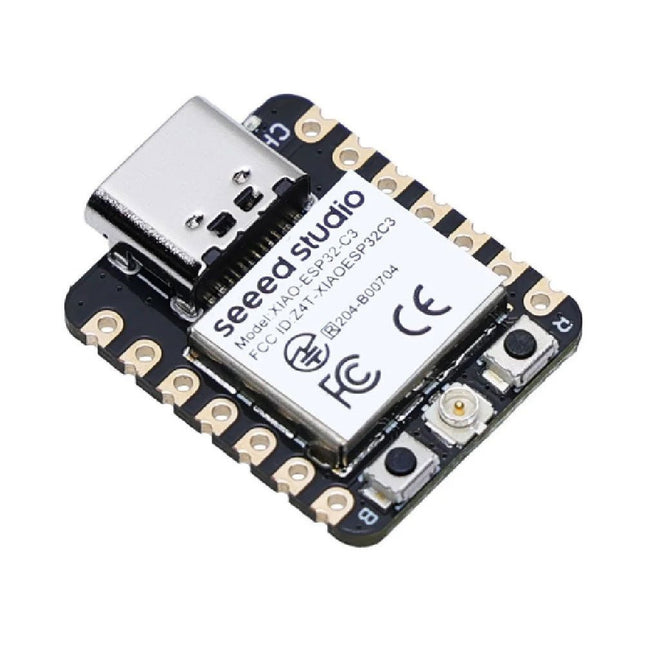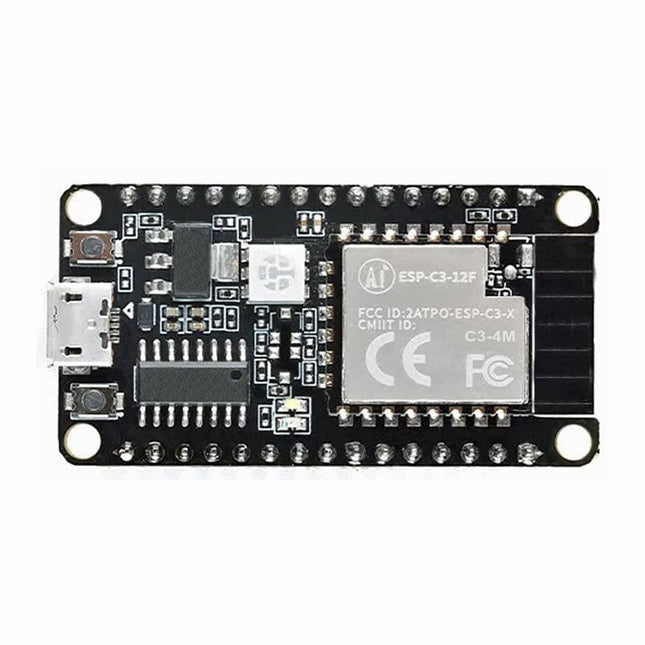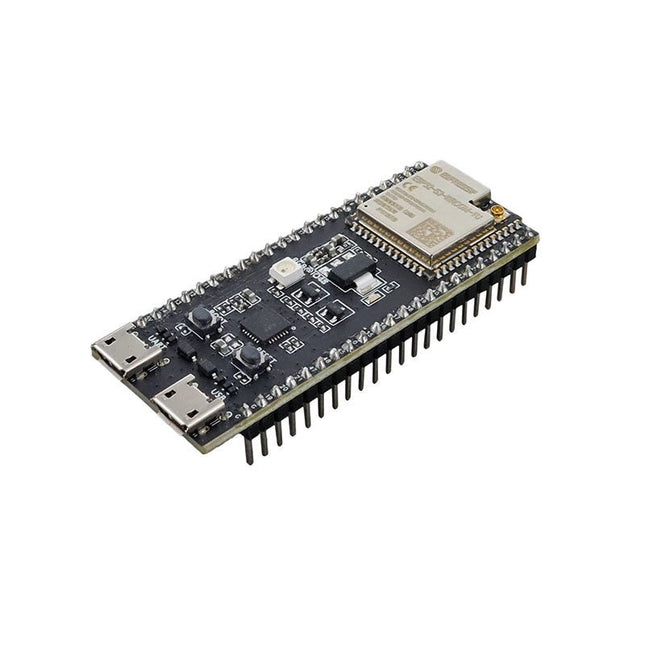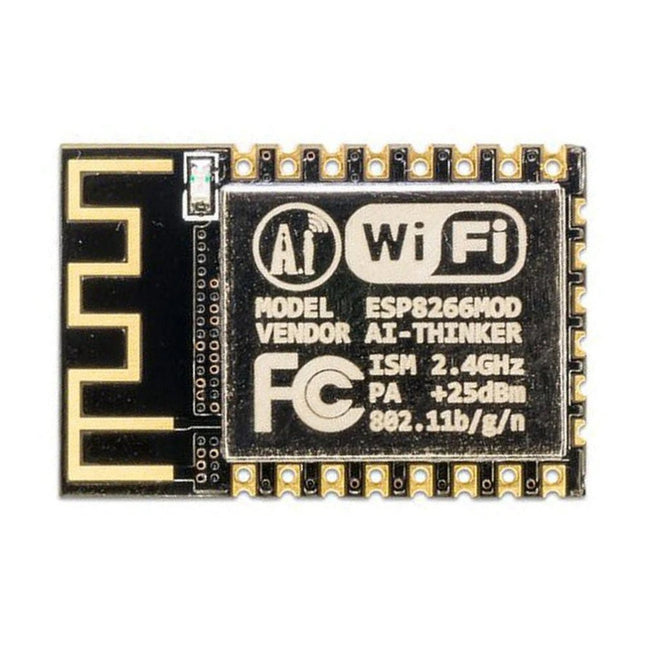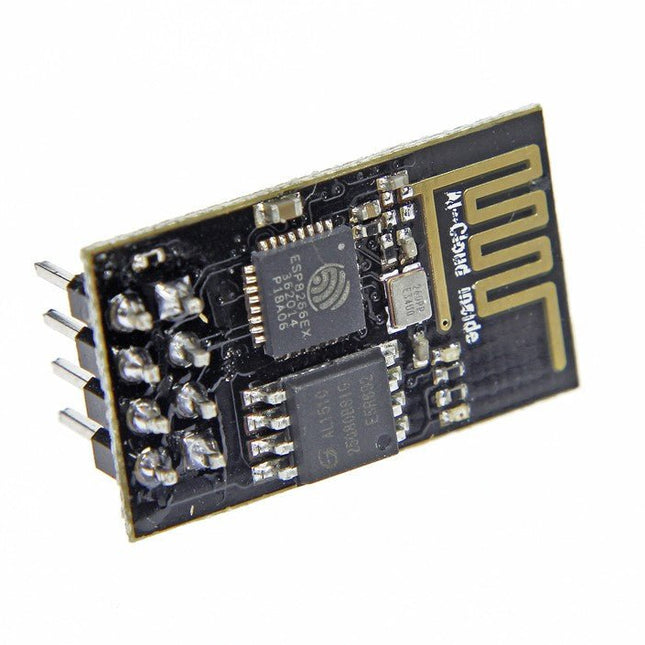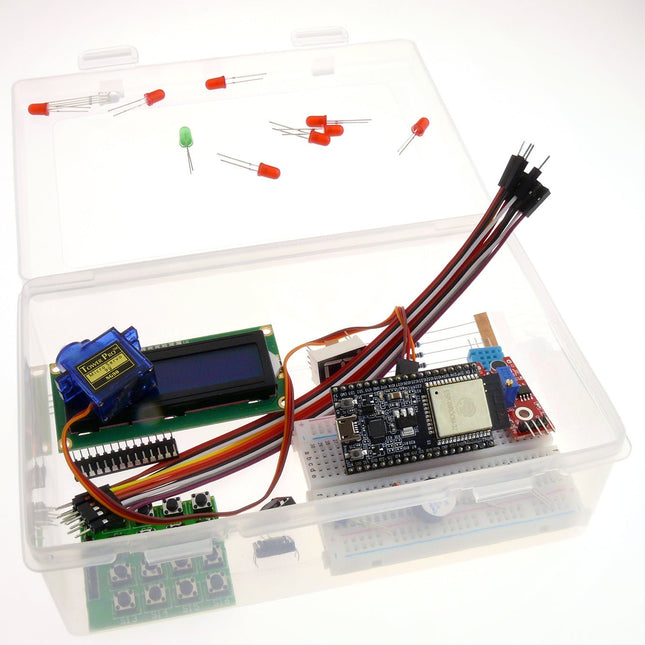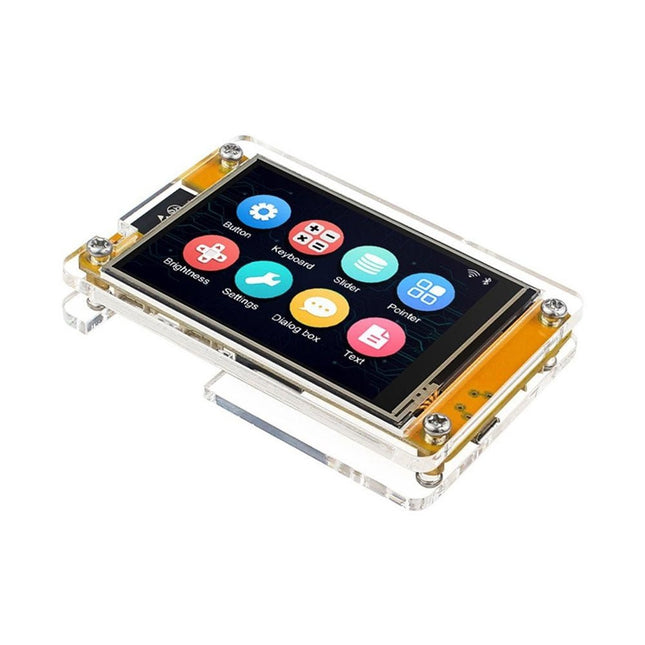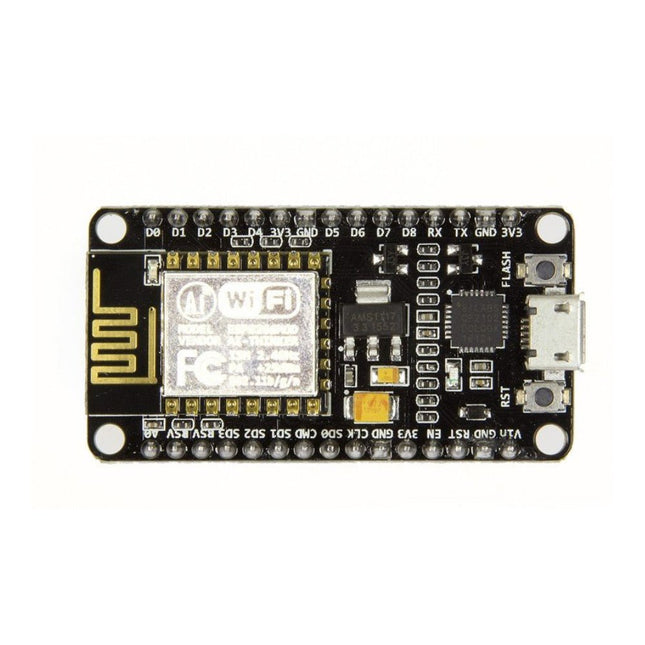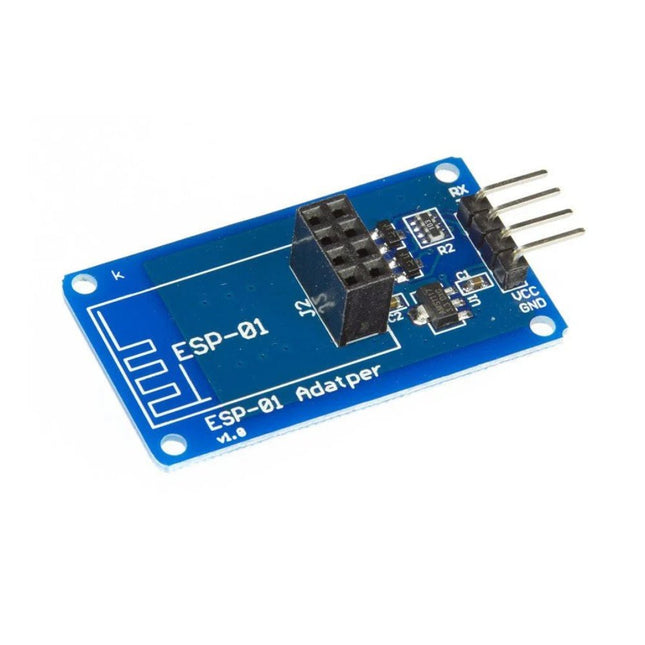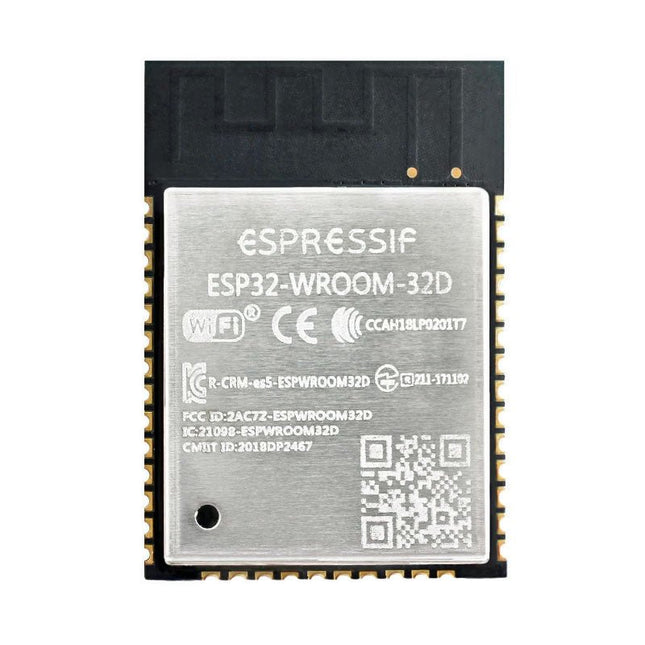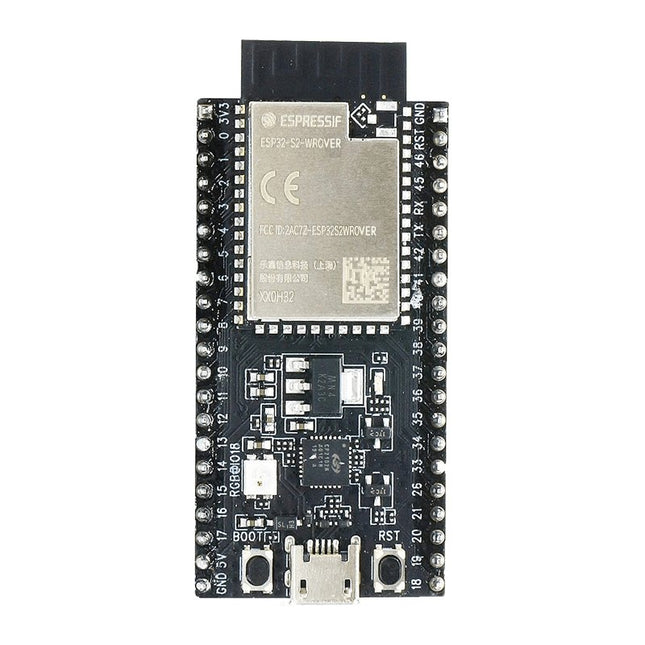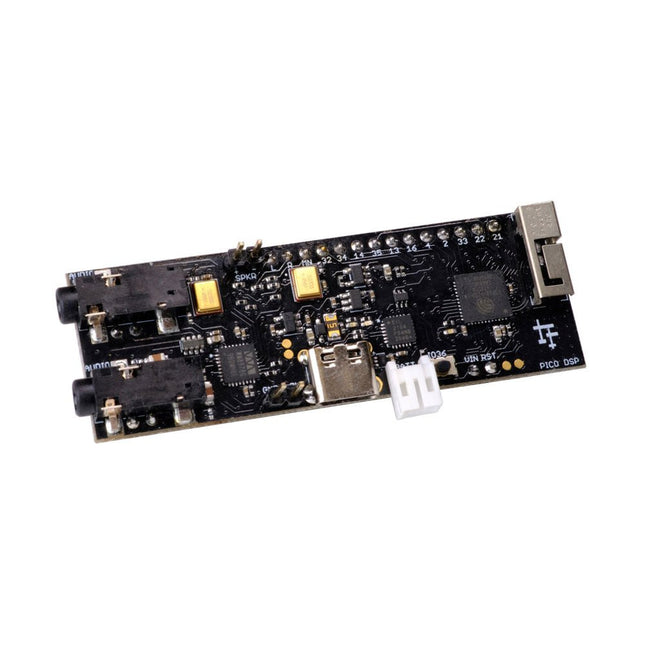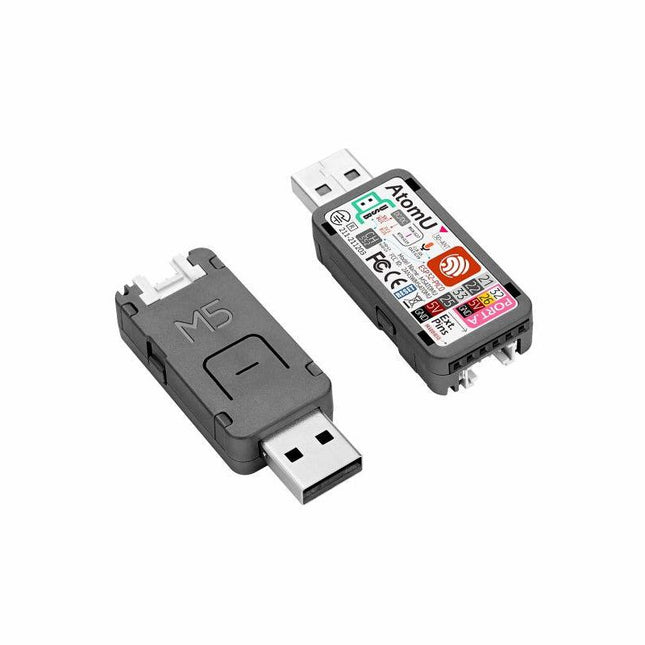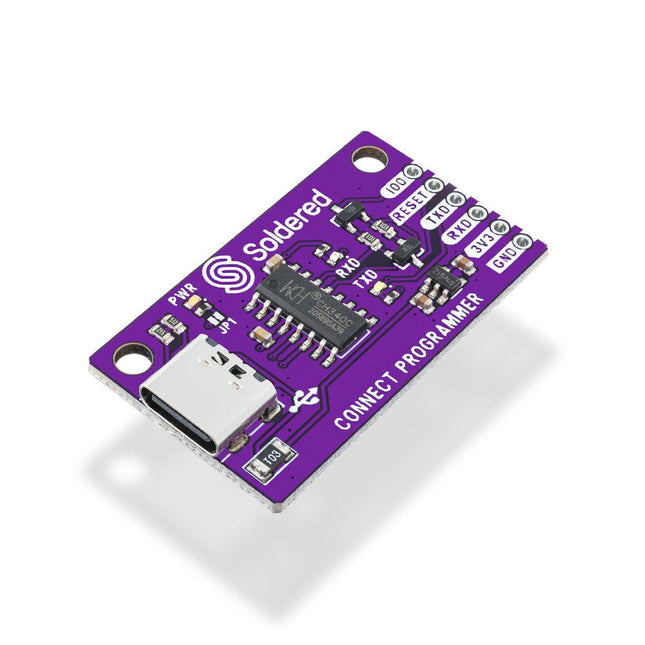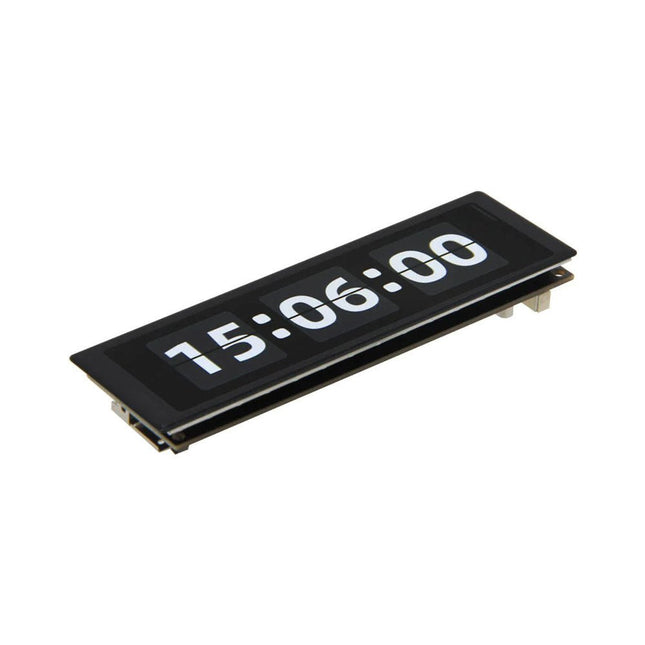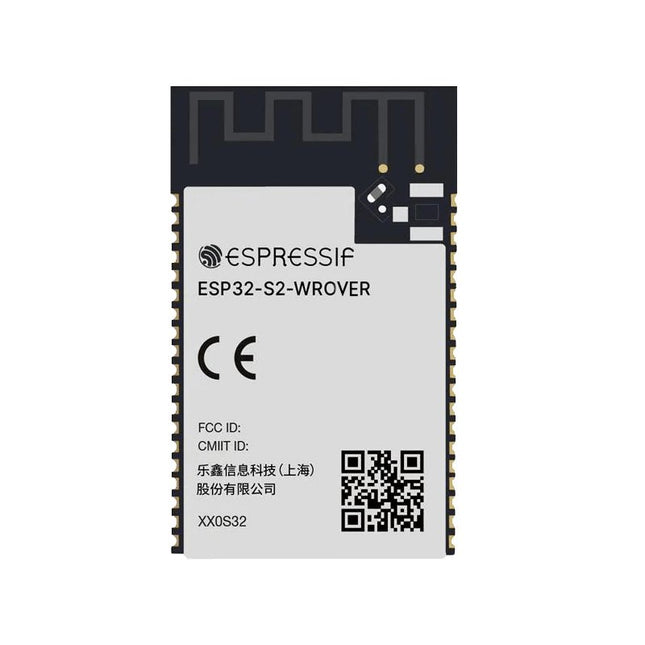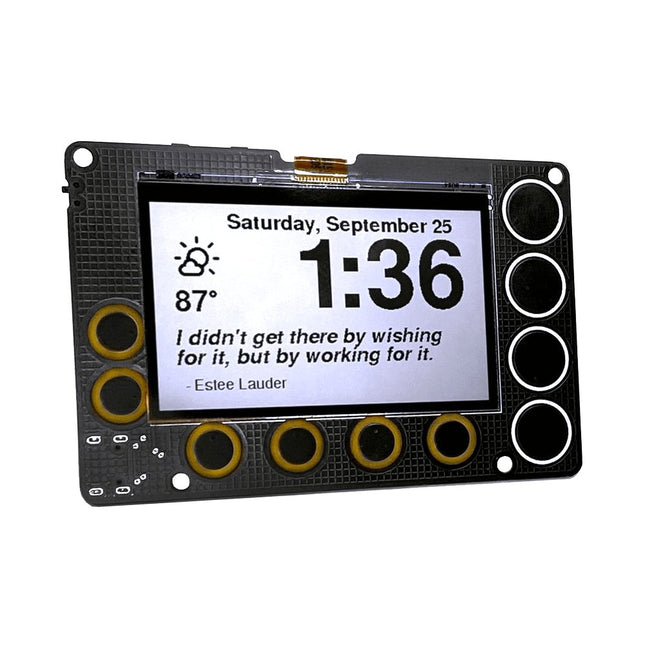Are you familiar with ESP32 and ESP8266? What are the advantages of an ESP32 or an ESP8266?
Espressif stimulates IoT development with a complete range of versatile, energy-efficient, and secure Wi-Fi, Bluetooth, and combo chips. Popular products include the affordable ESP8266 and ESP32 series of chips, modules, and development cards. Both chips are equipped with a 32-bit CPU.
Shortly after the ESP8266 was released, NodeMCU, a low-cost open-source IoT platform, also appeared, which anticipated the popularity of these Espressif products. NodeMCU contains the firmware that runs on the ESP8266, and has the advantage of low power consumption, extended memory, and built-in Wi-Fi. These applications allow you to affordably control and monitor equipment remotely.
If you don't need the wireless capabilities of the ESP32/ESP8266, you can also use it to control inputs and outputs like an Arduino. However, you should realize that the Arduino uses 5-V logic, the ESP32 and ESP8266 use 3.3-V logic, which means that Arduino is a nice solution for many beginners.
The ESP32 is the successor to the ESP8266. It has, among other things, an extra CPU core, faster Wi-Fi, more GPIOs, and options for Bluetooth 4.2 and Bluetooth low energy. The ESP32 also contains touch-sensitive pins that can be used to wake it from a deep sleep mode.
The ESP32 chip has 48 pins with different functions. However, not all pins can be used on the ESP32 development boards. To make pinout simpler and easier, pins with similar functions are grouped together.
Do you want an ESP32, an ESP8266, or a related product?
What makes the ESP32 and ESP8266 so special? With their small PCB dimensions, ESP32/8266 deliver essential functionality and diversity to your projects. And why are they so affordable, even though they offer a multitude of project options? The short answer is that the ESP32 and ESP8266 are cheap to make. In addition to many of the development cards currently available, Elektor also offers a number of ESP related kits (e.g. ESP32 Weather Station Kit) and bundles (i.e. development cards combined with a book), such as the Elektor ESP32 Smart Kit Bundle.
Which accessories are available for the ESP32 and ESP8266?
It is not easy or practical to use the ESP32 or ESP8266 chips for testing and prototyping. Usually ESP32 and ESP8266 development boards meet your requirements. These boards contain all the electronics needed to power the chip and connect it to your computer.
You'll also benefit from convenient code upload circuitry, pins for connecting peripherals, built-in power and control LEDs, and other useful features. Additionally, Elektor offers several books on ESP32 and ESP8266, including Getting Started with ESPHome, FreeRTOS for ESP32-Arduino, and The Complete ESP32 Projects Guide.
Why look at Elektor for ESP32/ESP8266 related products?
Elektor makes every effort to provide its customers with the right tools to build great projects. In addition to a variety of useful ESP32/ESP8266-related applications, Elektor offers books and articles to help you develop new projects and upgrading your skills as a technician. Many of our own team of engineers' original projects incorporate these technologies.
